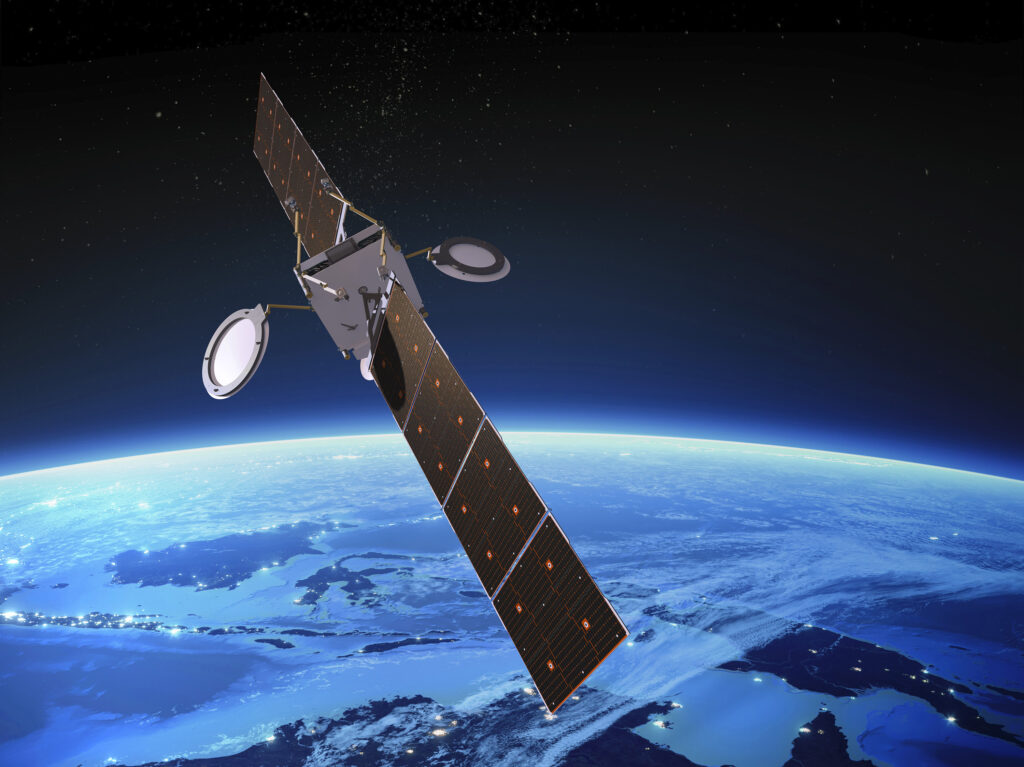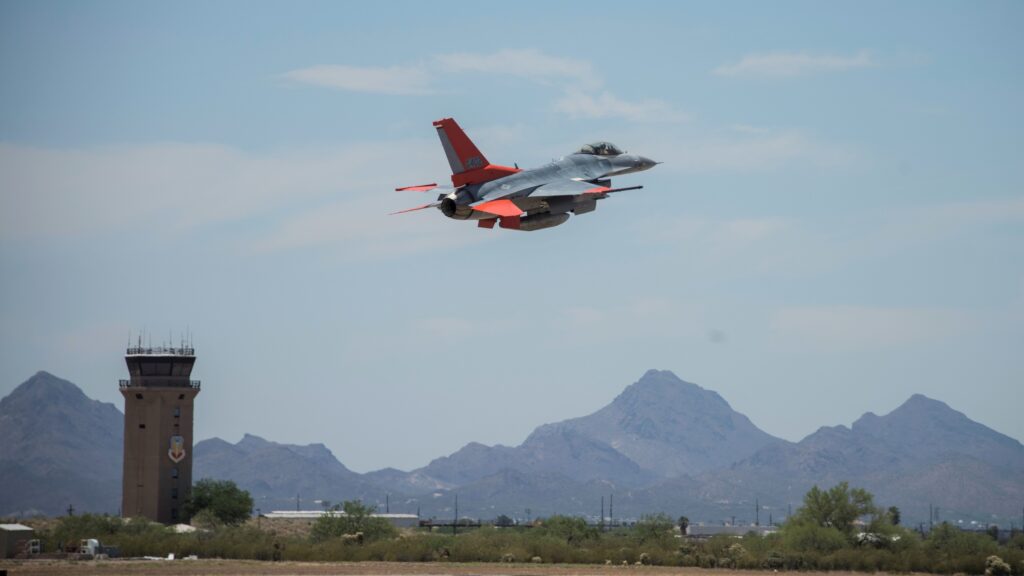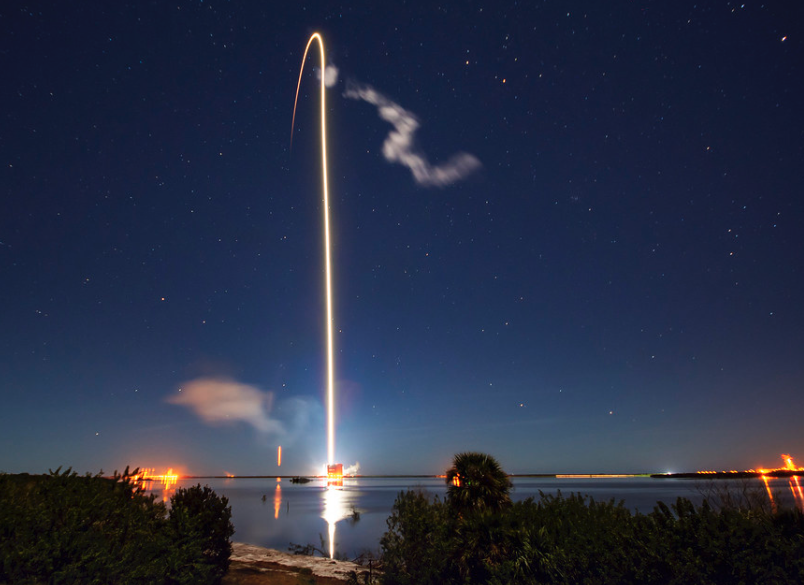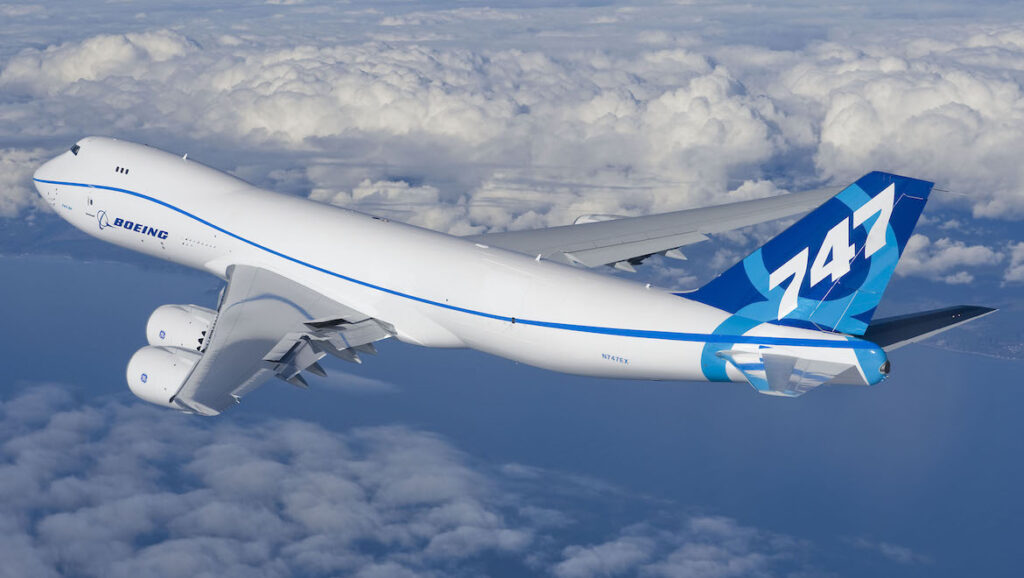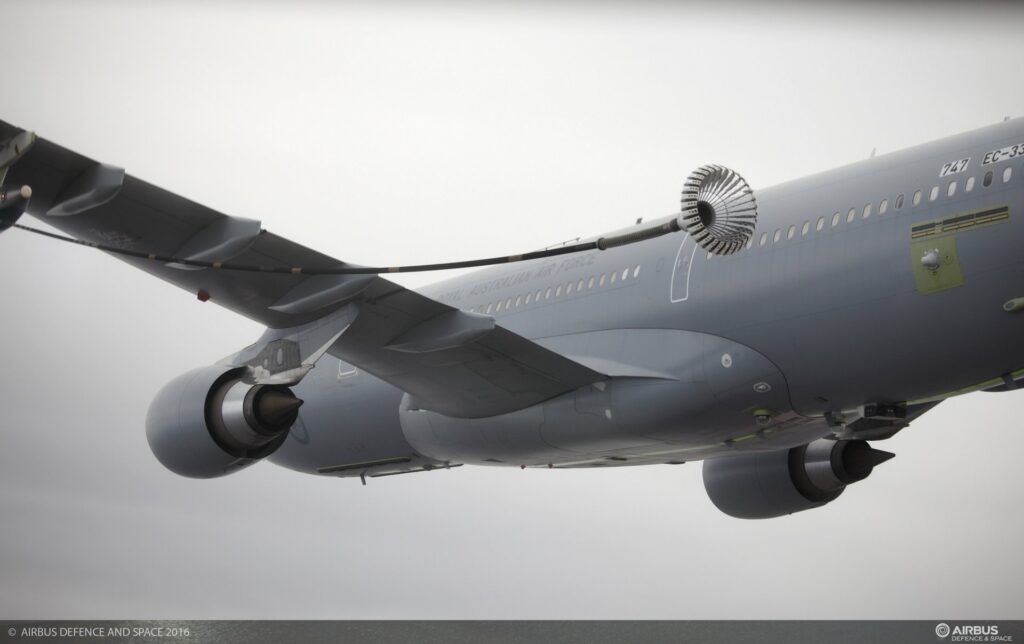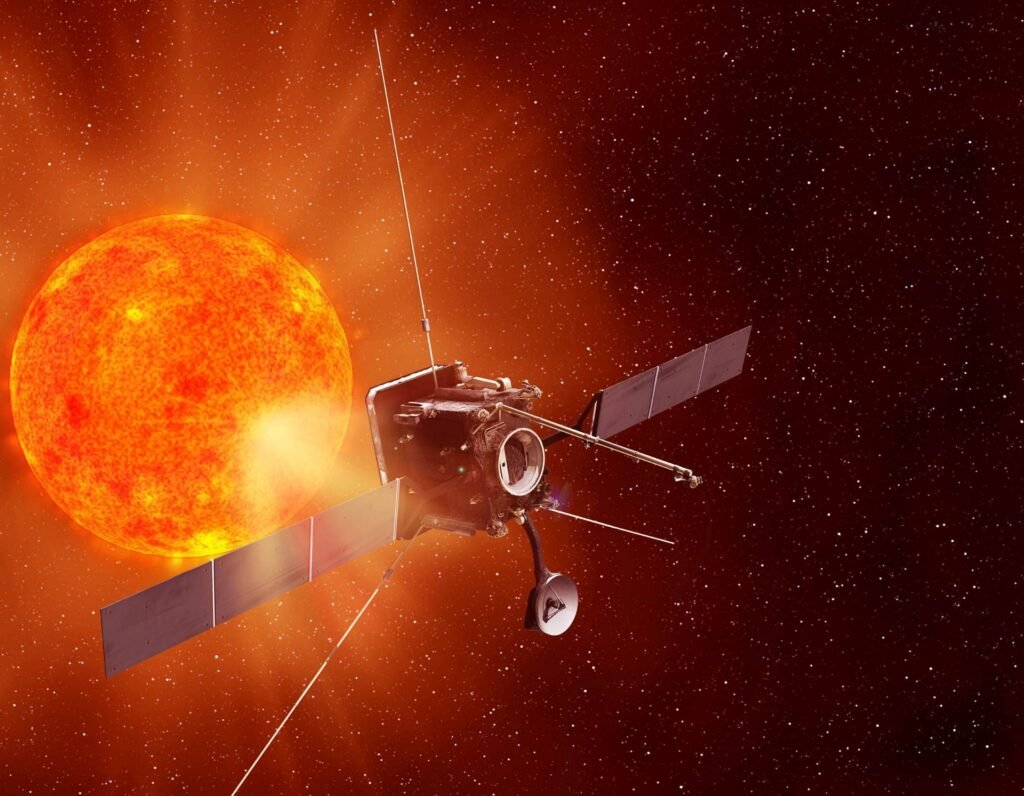Boeing Delivers Interceptor Proposal to U.S. Missile Defense Agency
Today, Boeing [NYSE: BA] submitted its offer to the U.S. Missile Defense Agency for the Next Generation Interceptor (NGI) competition, proposing a design that leverages the company’s more than 60-year track record and expertise in…

